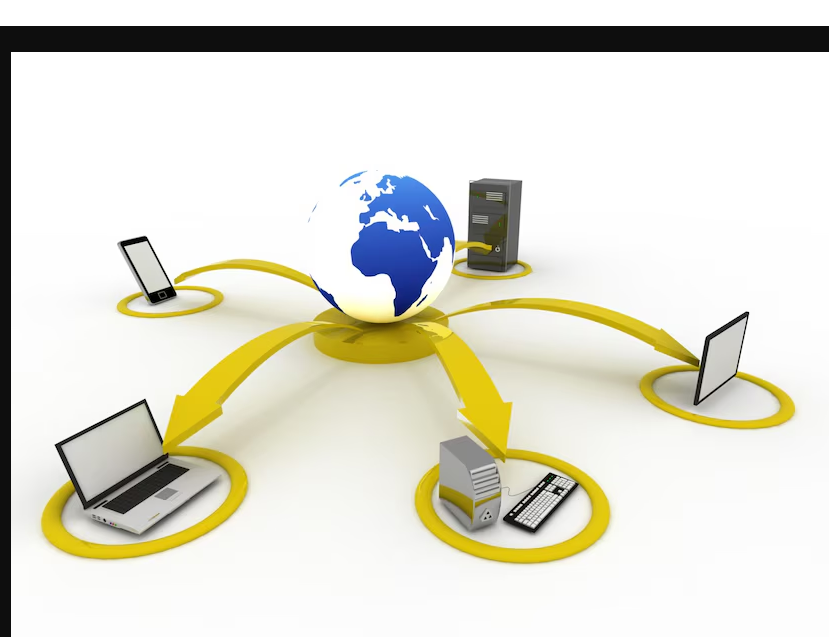In today’s highly digital world, the importance of understanding IP addresses and their formats has grown significantly. Among unusual and frequently searched terms in tech forums and network logs is 185.63.253.2pp. While it may appear to be a standard IP address at first glance, the suffix “2pp” adds complexity and mystery to its purpose and function. This article explores what 185.63.253.2pp might represent, how it could be interpreted, and its relevance in the context of internet infrastructure and cybersecurity.
What Is 185.63.253.2pp?
185.63.253.2pp appears to mimic the structure of an IPv4 address, which typically follows the pattern of four octets separated by periods (e.g., 185.63.253.2). However, the “2pp” extension is not a standard part of IP formatting. This raises questions about whether 185.63.253.2pp is a malformed IP address, an internal label, or possibly part of a proprietary system identifier.
In some cases, unusual address-like entries such as 185.63.253.2pp show up in network diagnostics, logs, or even in phishing URLs. It’s essential to investigate the context in which this format appears to understand its function or identify potential misuse.
Also, explore Jacksonville Computer Network Issue: A Complete Guide
Possible Interpretations of 185.63.253.2pp
-
Typographical Error: It may be a mistyped IP address where additional characters were added by mistake.
-
Obfuscated Domain or IP Tag: Cybersecurity professionals often find that obfuscated addresses are used to mask real network endpoints in malicious scripts or redirection tactics.
-
Custom Network Label: In corporate or private networks, identifiers like “2pp” could serve as internal tracking labels.
-
Port or Protocol Suffix: Though not standard, “2pp” might be intended to represent a port number or protocol type, albeit inaccurately formatted.
Why Understanding Unusual IP Formats Matters
When working in network administration or cybersecurity, it’s vital to understand not just valid IP addresses, but also irregular formats like 185.63.253.2pp. These entries could signal unauthorized access, configuration issues, or even cyberattacks in progress.
Where Might 185.63.253.2pp Appear?
-
Server logs during abnormal traffic activity
-
Web analytics indicating odd referral patterns
-
Email headers involving spam or spoofing attempts
-
Firewalls or IDS alerts flagging non-standard traffic
Each of these scenarios might involve entities attempting to hide true origins, making analysis of entries like 185.63.253.2pp more relevant.
Is 185.63.253.2pp Safe?
Without specific context, it’s difficult to definitively determine the safety of any entity labeled as 185.63.253.2pp. If encountered in web activity or server logs, it’s best to:
-
Perform a WHOIS lookup for the IP portion (185.63.253.2)
-
Run the entry through a reputation or threat analysis tool
-
Check if it matches known malicious endpoints
-
Inspect connected traffic and behavior using deep packet inspection
How to Handle Suspicious Network Identifiers
When facing unknown identifiers like 185.63.253.2pp, consider the following best practices:
-
Document the appearance in logs for future reference
-
Use network monitoring software to trace connections
-
Consult cybersecurity databases for known threats
-
Apply firewall filters to block non-standard entries if risk is detected
FAQs about 185.63.253.2pp
1. Is 185.63.253.2pp a real IP address?
No, the addition of “2pp” makes it invalid under IPv4 standards. It may represent a modified or mislabeled IP address.
2. Can 185.63.253 2pp be harmful to my system?
If it appears in your logs or network activity unexpectedly, it could indicate suspicious activity. It’s best to investigate further.
3. How can I check if 185.63 253.2pp is involved in cyberattacks?
Run the IP portion through threat intelligence databases and look for related activity in your firewall or IDS.
4. What does the “2pp” suffix mean?
It is not a recognized format in IP addressing. It might represent internal code, user error, or a part of a proprietary naming system.
5. Should I block 185.63.253 2pp in my firewall?
If it’s unrecognized and associated with suspicious activity, blocking it until further analysis is a prudent step.
Conclusion
Although 185.63.253 2pp is not a valid IP address according to internet standards, its presence in logs or documents can raise important questions. Whether it’s a sign of system misconfiguration, cyber threats, or simply a custom internal reference, understanding such entries is essential in maintaining network integrity. With careful analysis and security best practices, administrators and cybersecurity professionals can manage such anomalies effectively and prevent potential threats before they escalate.



